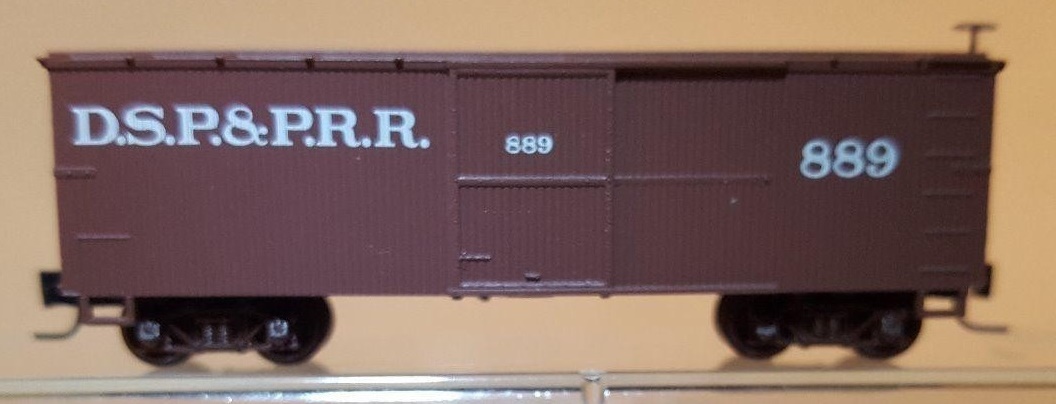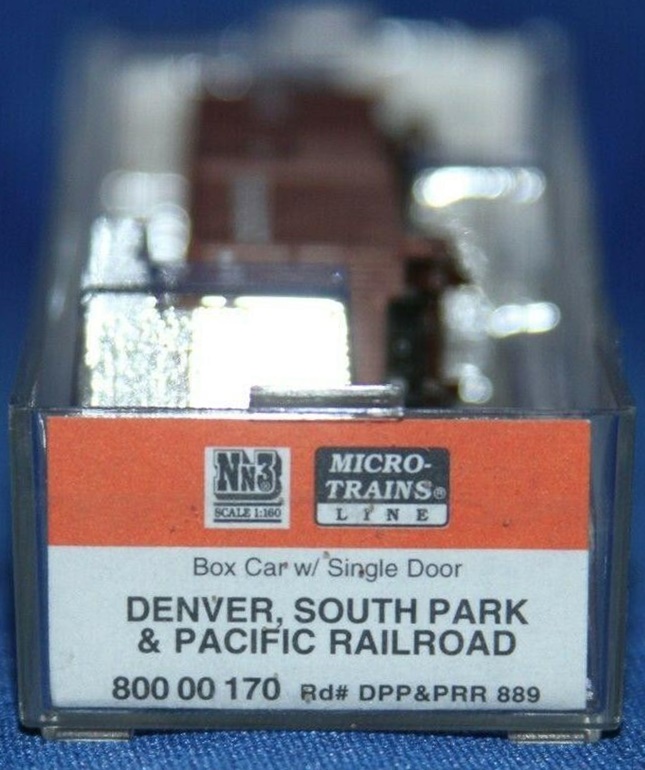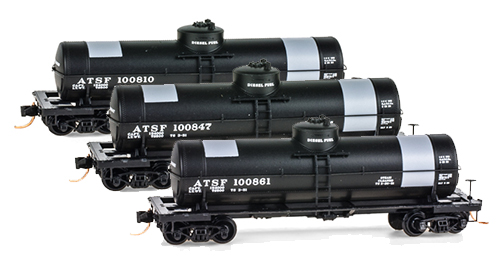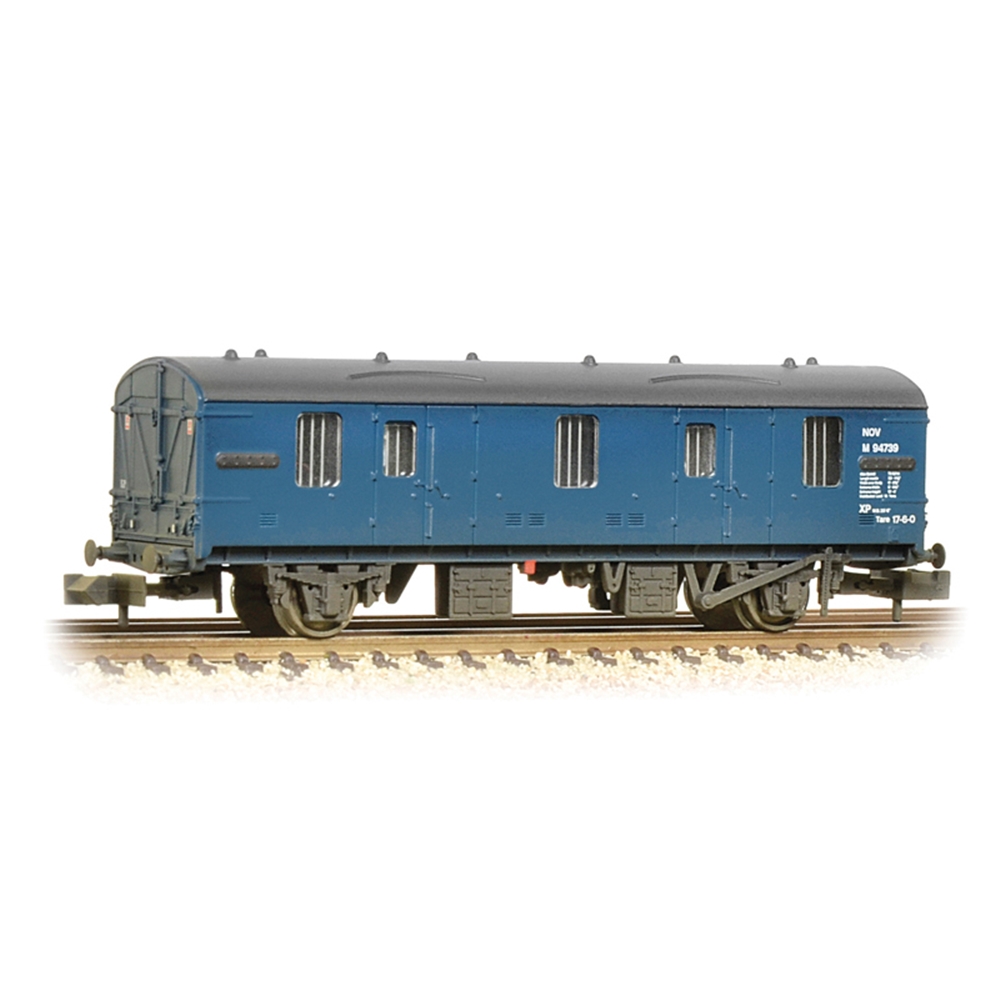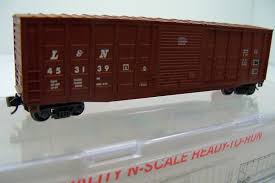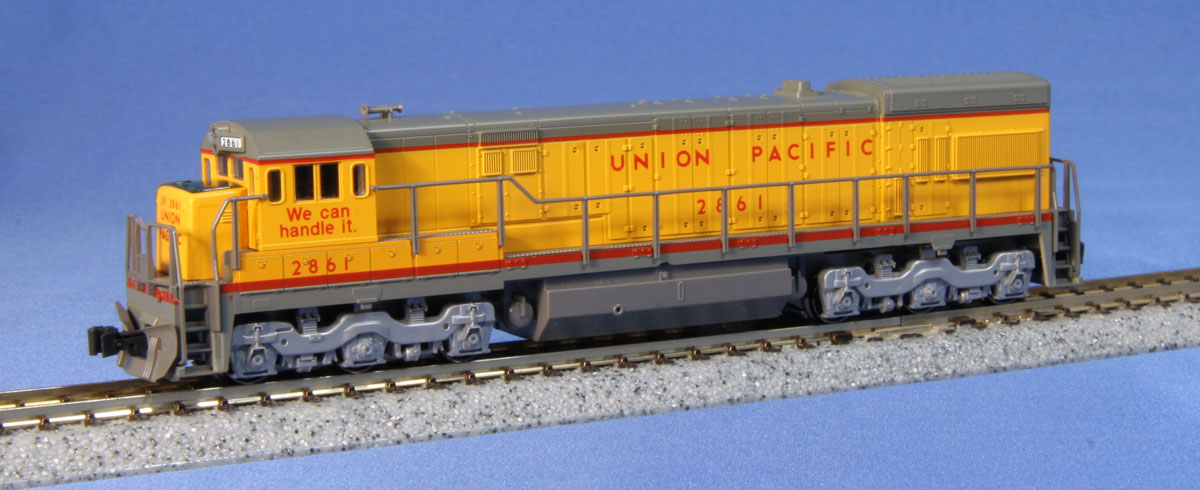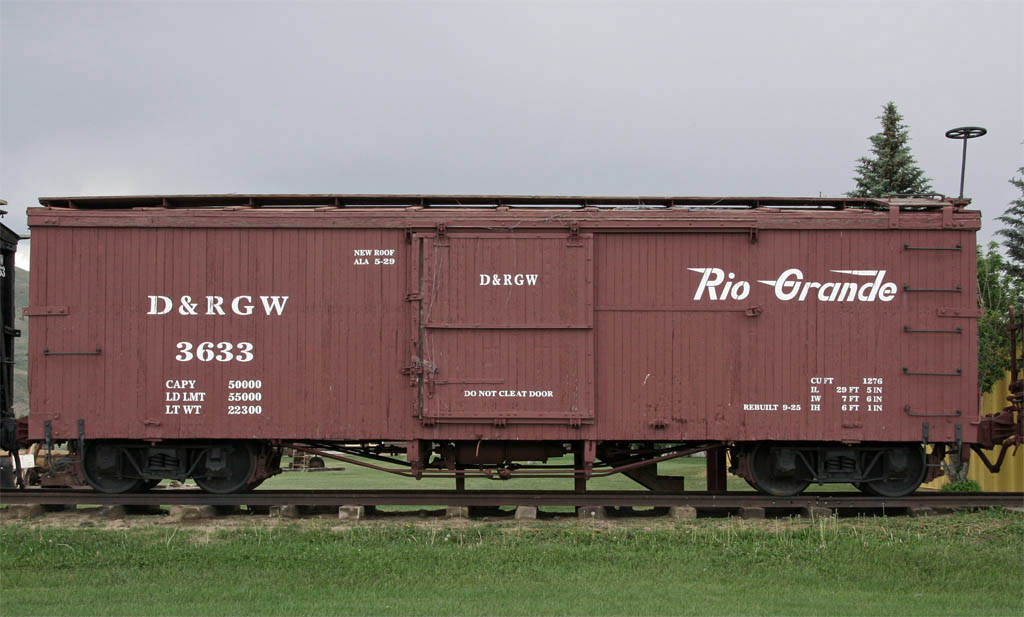Model Information: Micro-Trains introduced a Nn3 narrow gauge range in 1988 that includes a 30' boxcar, a 30' gondola, a 30' flat car and a caboose. The models are re-run occasionally since then.
Prototype History: A class of 750 boxcars, 30ft long and with a capacity of 25 tons, has been delivered to the D&RG by the American Car & Foundry in 1904; they were numbered from 3000 to 3749. In 1926, these boxcars were extensively rebuilt, keeping only a few iron parts from the original boxcars, but the new cars retained the same numbers. A large part of these boxcars remained in revenue service until the end of freight operations on the Rio Grande narrow gauge in 1968. Many boxcars of this class have been preserved today, including 45 on the Durango & Silverton Narrow Gauge Railroad, about twenty in their original condititon on the Cumbres & Toltec Scenic Railroad (plus 22 other converted to passenger cars), 9 at the Georgetown Loop Railroad and another 4 at the Colorado Railroad Museum. All the Rio Grande boxcars were completely made of wood (body and frame), except for numbers 3000-3749 which received a steel roof during their 1926 rebuilding.
Road Name History: 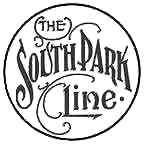 The DSP&P was established in 1872 to build a 3’ gauge line from Denver to Colorado’s South Park and on to the Gunnison area. Ultimately, they wished to build two lines from there, one southwest into the mining regions of the San Juan Mountains then to the Colorado River, through the Grand Canyon and on to Southern California. The other would follow what would later become the Rio Grande mainline to Salt Lake City then on to San Francisco. Construction started in 1873. The biggest challenge of building railroads into the untamed West was reaching a source of traffic before you ran out of cash. This was not a problem for the DSP&P. The first line to open was the Morrison Branch in 1874. This brought large amounts of coal, stone and lumber traffic to the DSP&P right away. Construction of the mainline pressed on reaching Webster at the foot of Kenosha Pass in 1879. By that time, the DSP&P was earning $1,200 on a typical day with less than $500 in operating expenses. By that October, they had crossed the South Park (often laying track night and day across the level park) to Como and the base of Trout Creek Pass. More coal mines were served in that area.
The DSP&P was established in 1872 to build a 3’ gauge line from Denver to Colorado’s South Park and on to the Gunnison area. Ultimately, they wished to build two lines from there, one southwest into the mining regions of the San Juan Mountains then to the Colorado River, through the Grand Canyon and on to Southern California. The other would follow what would later become the Rio Grande mainline to Salt Lake City then on to San Francisco. Construction started in 1873. The biggest challenge of building railroads into the untamed West was reaching a source of traffic before you ran out of cash. This was not a problem for the DSP&P. The first line to open was the Morrison Branch in 1874. This brought large amounts of coal, stone and lumber traffic to the DSP&P right away. Construction of the mainline pressed on reaching Webster at the foot of Kenosha Pass in 1879. By that time, the DSP&P was earning $1,200 on a typical day with less than $500 in operating expenses. By that October, they had crossed the South Park (often laying track night and day across the level park) to Como and the base of Trout Creek Pass. More coal mines were served in that area.
At this point, DSP&P changed their focus. Instead of heading for the San Juans (to which the D&RG was already headed) they aimed for the mining region around Leadville. D&RG was also headed to Leadville by following the Arkansas River but the South Park Line was closer. They build over Trout Creek Pass reaching Buena Vista in the spring of 1880. By this time, Jay Gould had control of the Denver & Gio Grande and was buying a large stake in the DSP&P. That brought the two parties to the table. D&RG would build from Buena Vista to Leadville and grant DSP&P trackage rights. DSP&P would continue building west over Alpine Pass and into the Gunnison area and grant trackage rights to D&RG from Buena Vista to Gunnison. That year, Gould obtained full ownership of the DSP&P. While the DSP&P corporate structure remained the same and the public face remained the Denver South Park & Pacific, from a management standpoint, it became the South Park Division of the Union Pacific on the first day of 1881. The line to Gunnison required building the 1,800 foot Alpine Tunnel at an elevation of 11,600 feet. This was the longest narrow gauge tunnel in Colorado. The ridge they tunneled through turned out to be loose rock with underground streams running through it. California Redwood timbers had to be brought in to support the ceiling and walls. There were 4% grades on either side of the pass. An engine house and railroad hotel were built outside the west portal but the elevation and harsh weather made it an unenviable assignment. DSP&P reached Gunnison in 1882, a full year after the D&RG had built their own line over the easier Marshall Pass. Construction of the South Park line continued from Gunnison north to coal mines at Baldwin. Construction crews then turned west toward Utah but the D&RG was way ahead of them and only four miles of track were laid before westward expansion was suspended.
Then in 1884, D&RG canceled their trackage rights agreement, shutting out the DSP&P from Leadville. DSP&P would have to build their own line. Building from the end of their branch to Fairplay was closest but would require boring another long tunnel. They could build alongside the D&RG line from Buena Vista but that line already had the preferred side of the valley. The option they chose was to extend the Breckenridge Branch north to Dickey then southwest to Climax and Leadville. This line, which crossed the Continental Divide twice, was opened in 1884. Although the DSP&P’s route from Denver to Leadville was just 151 miles, versus 276 for the D&RG, the D&RG was already well established. The DSP&P last turned a profit while the Leadville line was still under construction. In 1888, they slipped into receivership and in 1889 it was reorganized as the Denver Leadville & Gunnison.
Text Courtesy of Bluford Shops

At this point, DSP&P changed their focus. Instead of heading for the San Juans (to which the D&RG was already headed) they aimed for the mining region around Leadville. D&RG was also headed to Leadville by following the Arkansas River but the South Park Line was closer. They build over Trout Creek Pass reaching Buena Vista in the spring of 1880. By this time, Jay Gould had control of the Denver & Gio Grande and was buying a large stake in the DSP&P. That brought the two parties to the table. D&RG would build from Buena Vista to Leadville and grant DSP&P trackage rights. DSP&P would continue building west over Alpine Pass and into the Gunnison area and grant trackage rights to D&RG from Buena Vista to Gunnison. That year, Gould obtained full ownership of the DSP&P. While the DSP&P corporate structure remained the same and the public face remained the Denver South Park & Pacific, from a management standpoint, it became the South Park Division of the Union Pacific on the first day of 1881. The line to Gunnison required building the 1,800 foot Alpine Tunnel at an elevation of 11,600 feet. This was the longest narrow gauge tunnel in Colorado. The ridge they tunneled through turned out to be loose rock with underground streams running through it. California Redwood timbers had to be brought in to support the ceiling and walls. There were 4% grades on either side of the pass. An engine house and railroad hotel were built outside the west portal but the elevation and harsh weather made it an unenviable assignment. DSP&P reached Gunnison in 1882, a full year after the D&RG had built their own line over the easier Marshall Pass. Construction of the South Park line continued from Gunnison north to coal mines at Baldwin. Construction crews then turned west toward Utah but the D&RG was way ahead of them and only four miles of track were laid before westward expansion was suspended.
Then in 1884, D&RG canceled their trackage rights agreement, shutting out the DSP&P from Leadville. DSP&P would have to build their own line. Building from the end of their branch to Fairplay was closest but would require boring another long tunnel. They could build alongside the D&RG line from Buena Vista but that line already had the preferred side of the valley. The option they chose was to extend the Breckenridge Branch north to Dickey then southwest to Climax and Leadville. This line, which crossed the Continental Divide twice, was opened in 1884. Although the DSP&P’s route from Denver to Leadville was just 151 miles, versus 276 for the D&RG, the D&RG was already well established. The DSP&P last turned a profit while the Leadville line was still under construction. In 1888, they slipped into receivership and in 1889 it was reorganized as the Denver Leadville & Gunnison.
Text Courtesy of Bluford Shops
Brand/Importer Information: Micro-Trains is the brand name used by both Kadee Quality Products and Micro-Trains Line. For a history of the relationship between the brand and the two companies, please consult our Micro-Trains Collector's Guide.
Manufacturer Information:  Micro-Trains Line split off from Kadee Quality Products in 1990. Kadee Quality Products originally got involved in N-Scale by producing a scaled-down version of their successful HO Magne-Matic knuckle coupler system. This coupler was superior to the ubiquitous 'Rapido' style coupler due to two primary factors: superior realistic appearance and the ability to automatically uncouple when stopped over a magnet embedded in a section of track. The success of these couplers in N-Scale quickly translated to the production of trucks, wheels and in 1972 a release of ready-to-run box cars.
Micro-Trains Line split off from Kadee Quality Products in 1990. Kadee Quality Products originally got involved in N-Scale by producing a scaled-down version of their successful HO Magne-Matic knuckle coupler system. This coupler was superior to the ubiquitous 'Rapido' style coupler due to two primary factors: superior realistic appearance and the ability to automatically uncouple when stopped over a magnet embedded in a section of track. The success of these couplers in N-Scale quickly translated to the production of trucks, wheels and in 1972 a release of ready-to-run box cars.
Micro-Trains Line Co. split off from Kadee in 1990 to form a completely independent company. For this reason, products from this company can appear with labels from both enterprises. Due to the nature of production idiosyncrasies and various random factors, the rolling stock from Micro-Trains can have all sorts of interesting variations in both their packaging as well as the products themselves. When acquiring an MTL product it is very important to understand these important production variations that can greatly enhance (or decrease) the value of your purchase.
Please consult our Micro-Trains Collector's Guide

Micro-Trains Line Co. split off from Kadee in 1990 to form a completely independent company. For this reason, products from this company can appear with labels from both enterprises. Due to the nature of production idiosyncrasies and various random factors, the rolling stock from Micro-Trains can have all sorts of interesting variations in both their packaging as well as the products themselves. When acquiring an MTL product it is very important to understand these important production variations that can greatly enhance (or decrease) the value of your purchase.
Please consult our Micro-Trains Collector's Guide
Item created by: Alain LM on 2020-07-23 01:42:40
If you see errors or missing data in this entry, please feel free to log in and edit it. Anyone with a Gmail account can log in instantly.
If you see errors or missing data in this entry, please feel free to log in and edit it. Anyone with a Gmail account can log in instantly.


